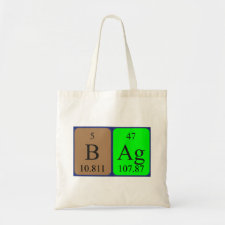
Authors: Defreese JL, Katz A
Article Title: Shape-selective covalent binding in bulk, microporous imprinted silica.
Publication date: 2006
Journal: Microporous And Mesoporous Materials
Volume: 89
Issue: (1-3)
Page numbers: 25-32.
DOI: 10.1016/j.micromeso.2005.09.023
Alternative URL: http://www.sciencedirect.com/science/article/B6TH4-4HM7S84-1/2/ad0829c46c72fd18681cbb93bd232131
Abstract: The first demonstration of shape-selective covalent binding in bulk, microporous imprinted silica is provided. The synthetic approach utilizes acid-catalyzed sol-gel hydrolysis and condensation of tetraethyl orthosilicate with a carbamate-based organosilane imprint for synthesis of hybrid organic-inorganic materials. Cleavage of the immobilized imprint carbamate synthesizes isolated primary or secondary amines within templated pockets that are complementary to the imprint size and shape. Two chiral imprints are investigated. The imprint based upon a phenyl alcohol leaves an achiral primary amine after carbamate deprotection, while the imprint based upon a proline scaffold leaves behind a chiral secondary amine after carbamate deprotection. Binding selectivity of the imprinted silicas is investigated via the covalent attachment of racemic isocyanate mixtures for simultaneous assessment of shape-selectivity and enantioselectivity. Shape-selectivity for the binding of α-methylbenzyl isocyanate over a 1-naphthyl homologue was observed across a range of materials. Investigation of the origin of selectivity by using particles of varying size shows that the selectivity partially arises from bulk sieving effects of mass transport limitations in the material network. However, due to significant particle size distributions, it is possible that the system exists in an intermediate regime where binding results are a complex mixture of sieving and shape-selective imprinted site effects. The results are consistent with the previous observation that amines in bulk, microporous imprinted silica are isolated and have been confined to a microporous network. This confinement of the bulky imprints, which would be difficult to accomplish via a post-synthetic grafting procedure, illustrates the synthetic utility of the imprinting method
Template and target information: 3-triethoxysilylpropyl-carbamic acid 1-phenyl-ethyl ester, 1-benzyloxycarbonyl-2-(3-triethoxysilyl) propylaminocarbonylpyrrolidine
Author keywords: covalent imprinting, Hybrid organic, inorganic materials, sol-gel, selective adsorption, Microporous sieving



Join the Society for Molecular Imprinting

New items RSS feed
Sign-up for e-mail updates:
Choose between receiving an occasional newsletter or more frequent e-mail alerts.
Click here to go to the sign-up page.
Is your name elemental or peptidic? Enter your name and find out by clicking either of the buttons below!
Other products you may like:
 MIPdatabase
MIPdatabase









